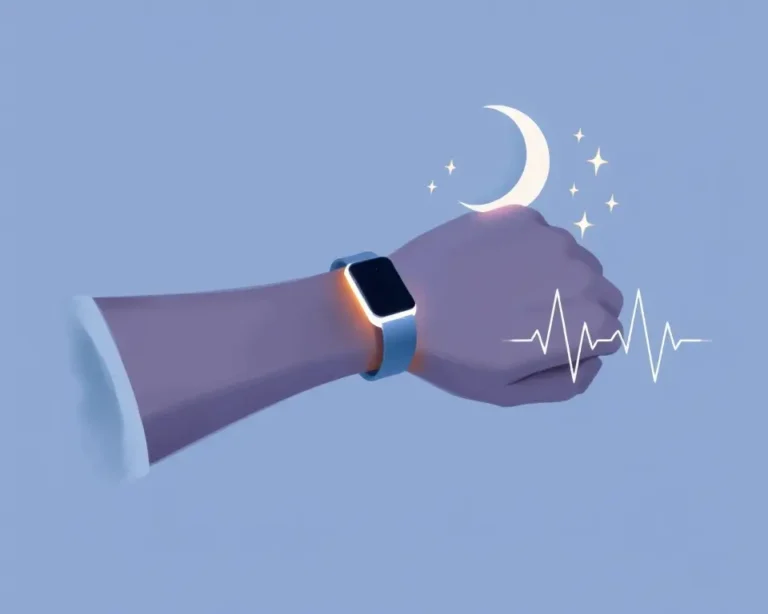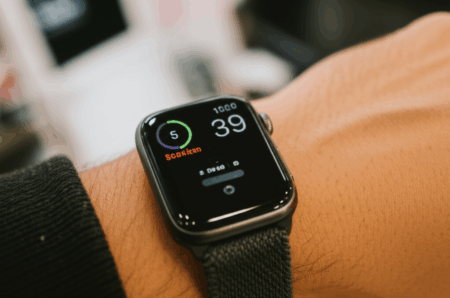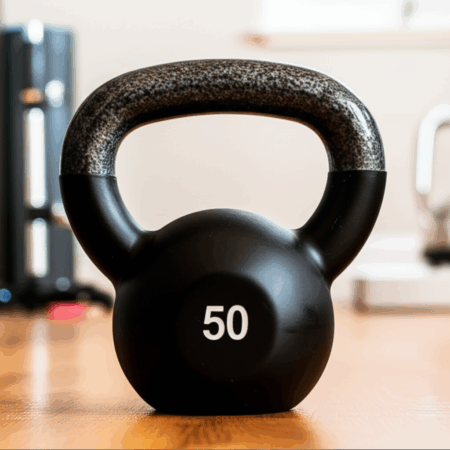Garmin, a name synonymous with high-quality smartwatches and fitness trackers, is reportedly gearing up to launch a screenless, Whoop-style “sleep band.” This new device, rumored to be released as early as July or August 2025, marks a significant shift for Garmin and could shake up the wearable recovery market. For years, Garmin users have requested a less bulky, more comfortable option for sleep tracking, and it seems their wishes are finally about to be granted.
Why a Screenless Sleep Band?
Garmin has built its reputation on feature-rich smartwatches, often favored by athletes and outdoor enthusiasts. However, these devices can be cumbersome to wear during sleep. Many users find them uncomfortable or distracting, leading them to forgo sleep tracking altogether. A screenless sleep band addresses this issue by offering a lightweight, unobtrusive alternative specifically designed for overnight wear.
Moreover, some individuals prefer wearing traditional or luxury watches during the day but still desire access to Garmin‘s comprehensive fitness and health data. The sleep band allows them to achieve this without sacrificing style or comfort.
What We Know About the Garmin Sleep Band
Based on leaks and reports, here’s what we know so far about the upcoming Garmin sleep band:
Screenless Design: The most notable feature is the absence of a screen. Instead, the band will rely on LED indicators, tap gestures, and vibration alerts for user interaction.
Comfortable Arm Strap: The device is designed to be worn on the upper arm (bicep), providing a snug and comfortable fit. This placement can also lead to more accurate heart rate readings compared to wrist-worn devices.
Sleep Tracking: As the name suggests, sleep tracking will be a primary function. The band is expected to monitor sleep stages (light, deep, REM), heart rate, heart rate variability (HRV), blood oxygen saturation (SpO2), respiration rate, and potentially skin temperature.
Smart Wake: A smart wake alarm will gently wake the wearer during a light sleep stage, promoting a more refreshed feeling. This feature, recently introduced in the Garmin Vivoactive 6, requires active sleep stage tracking via heart rate and other metrics.
Vibration Alarm: A vibration alarm will wake the wearer without disturbing a partner.
Tap Gestures: Tap gestures will allow users to snooze or dismiss the alarm and check the battery status.
LED Indicators: LED lights will display the battery status, with different colors indicating the charge level.
Bluetooth Connectivity: The band will connect to the Garmin Connect app via Bluetooth, allowing users to view their sleep data and other metrics. It remains to be seen whether a Connect Plus subscription will be required for full functionality.
Buckle Mechanism and Adjustable Strap: It features a buckle mechanism and overlapping adjustable strap.
Garmin Sleep Band vs. Whoop: A Head-to-Head Comparison
The Garmin sleep band is drawing inevitable comparisons to the Whoop band, a popular screenless fitness tracker focused on recovery, sleep, and strain analysis. Here’s how the two devices stack up:
| Feature | Garmin Sleep Band (Rumored) | Whoop |
| —————— | ——————————————————— | ——————————————————————————————————– |
| Design | Screenless armband with LED indicators | Screenless wristband or integration into smart clothing |
| Display | None | None |
| Data Presentation | Via Garmin Connect app | Via Whoop app |
| Key Metrics | Sleep stages, HR, HRV, SpO2, respiration rate, temperature | Strain, recovery, sleep, HRV |
| GPS | No built-in GPS expected | No built-in GPS |
| Subscription Model | Likely one-time purchase (TBD) | Monthly/annual subscription required |
| Form Factor | Armband | Wristband or Apparel |
| Battery Life | TBD | 4-5 days with continuous monitoring |
| Additional Features| Smart wake alarm, tap gestures, vibration alerts | Integration with Whoop clothing, blood pressure data (with Whoop MG), personalized coaching |
Key Differences and Potential Advantages for Garmin
- Subscription Model: Whoop requires a recurring subscription fee, while Garmin traditionally offers a one-time purchase model. This could be a major selling point for the Garmin sleep band, attracting users who prefer to avoid ongoing costs.
- Ecosystem Integration: Garmin boasts a well-established ecosystem with a wide range of devices and the comprehensive Garmin Connect platform. This seamless integration could provide a more compelling user experience compared to Whoop’s standalone system.
- Data Ownership: With Garmin, users typically own their data outright. Whoop’s subscription model raises questions about data access and ownership if the subscription is canceled.
- Brand Recognition and Trust: Garmin is a trusted brand with a long history of producing reliable and accurate fitness trackers. This reputation could give them an edge over Whoop, particularly among users new to the recovery wearable market.
- Versatility: Garmin already offers a wide array of devices with varying price points, allowing users to choose a device that fits their goals and budget.
- Recovery Insights: Garmin provides recovery insights through metrics like “Body Battery” and “Recovery Time,” offering specific guidance for users.
- Comfort: The band is designed for comfort and meant to be worn on your upper arm not your wrist to avoid any bulky screens digging into your wrist when you roll over, though if you’re a side sleeper you’ll want to be mindful of how it’s positioned.
- Smart Wake Feature: It offers a smart wake feature which likely means it’s tracking your sleep stages, likely using Garmin’s Elevate Gen 5 optical heart rate sensor, maybe even with SPO2 and temperature sensing, so it’ll aim to wake you during light sleep not while you’re deep in a dream about showing up to work in your pajamas.
Potential Drawbacks for Garmin
- Lack of Screen: While the screenless design is intended to enhance comfort, some users may miss the real-time feedback and notifications provided by a display.
- New Market Segment: Garmin’s expertise lies primarily in smartwatches and GPS-enabled devices. Entering the dedicated recovery wearable market requires a different approach and a focus on continuous health monitoring.
- Whoop’s Established Presence: Whoop has already established a strong presence in the recovery wearable market, with a loyal user base and a well-developed platform. Garmin will need to offer a compelling alternative to win over these users.
Features to Expect
Based on current information, here are some features we can expect from the Garmin Sleep Band:
- Advanced Sleep Tracking: Monitoring sleep stages (light, deep, REM), heart rate, HRV, respiration rate, and blood oxygen saturation.
- Smart Wake Alarm: Gently waking the wearer during a light sleep stage.
- Body Battery: Garmin’s proprietary metric that estimates the user’s energy reserves based on sleep, activity, and stress levels.
- Recovery Time: Providing guidance on how long to rest between workouts.
- Training Readiness Score: Helping users understand their overall health and fitness levels.
- Tap Gestures: For controlling basic functions like snoozing the alarm and checking battery status.
- LED Indicators: For displaying battery status and other information.
- Garmin Connect Integration: Seamless syncing of data to the Garmin Connect app for detailed analysis and insights.
Will Garmin Cannibalize its Own Smartwatch Sales?
One potential concern for Garmin is whether the sleep band will cannibalize sales of its existing smartwatches. However, it’s more likely that the sleep band will appeal to a different segment of the market:
- Users who prioritize comfort and sleep tracking: These individuals may find traditional smartwatches too bulky or distracting for overnight wear.
- Users who prefer traditional watches during the day: The sleep band allows them to track their sleep and recovery without sacrificing their preferred daytime wristwear.
- Athletes seeking specialized recovery data: While Garmin smartwatches offer comprehensive fitness tracking, the sleep band may provide more focused and in-depth recovery insights.
By offering a dedicated sleep and recovery device, Garmin can expand its reach and cater to a wider range of users without significantly impacting its core smartwatch business.
The Future of Screenless Fitness Trackers
The emergence of the Garmin sleep band signals a growing trend toward screenless fitness trackers. These devices offer a minimalist, unobtrusive approach to health monitoring, focusing on data collection and analysis rather than constant notifications and distractions.
As technology evolves, we can expect to see more screenless trackers with advanced sensors, longer battery life, and seamless integration with existing ecosystems. These devices have the potential to revolutionize the way we track our health and fitness, empowering us to make more informed decisions about our well-being.
Final Thoughts
The rumored Garmin sleep band has the potential to be a game-changer in the wearable recovery market. By combining Garmin’s trusted technology with a comfortable, screenless design, the sleep band could appeal to a wide range of users seeking to improve their sleep, recovery, and overall health.
The official name of the device is still unknown, but part of the source document indicates that it is called “Garmin Sleep Band” strongly implying its intended use and suggesting a closely related focus to Whoop.
As the launch date approaches, it will be interesting to see how the Garmin sleep band stacks up against the competition and whether it can truly challenge Whoop’s dominance. One thing is certain: the future of wearable technology is looking increasingly screenless.







